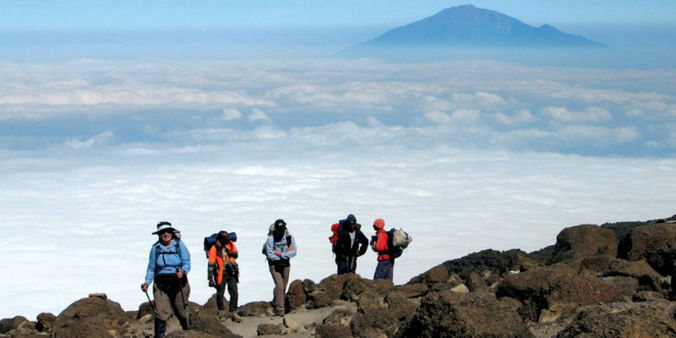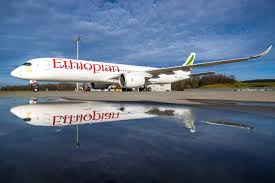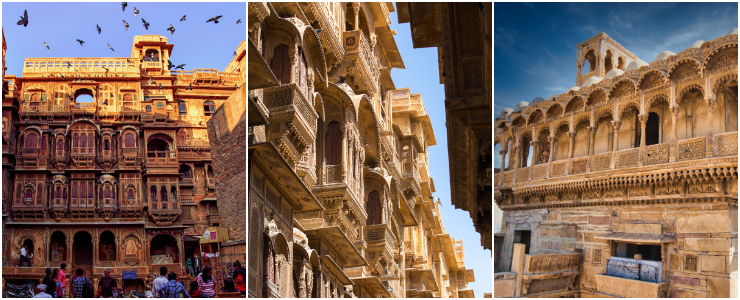
Mount Kilimanjaro, Africa’s highest peak, is a bucket-list adventure for trekkers around the world. Towering at 5,895 meters, this majestic mountain in Tanzania offers a once-in-a-lifetime experience through diverse ecosystems—from lush rainforests to alpine deserts and icy summits. But timing is everything. Choosing the right season can make or break your climb. Whether you’re exploring popular Mount Kilimanjaro climbing routes or combining your trek with Tanzania day trips, understanding the mountain’s seasonal patterns is key.
Best Time to Climb Mount Kilimanjaro
Kilimanjaro has two main climbing seasons that offer the most favorable conditions:
1. January to Mid-March
- Weather: Warm and relatively dry
- Visibility: Excellent views from the summit
- Crowds: Moderate
- Why Go: This period offers stable weather and clear skies, ideal for photography and summit success. It’s also a great time for those who prefer slightly warmer temperatures.
2. June to October
- Weather: Cool and dry
- Visibility: Crisp, clear skies
- Crowds: High (especially July and August)
- Why Go: This is the most popular season due to its dry conditions and minimal rainfall. Trails are well-maintained, and the chance of reaching the summit is high.
Seasons to Avoid
1. Mid-March to May (Long Rains)
- Challenges: Heavy rainfall, muddy trails, poor visibility
- Why Skip: Slippery paths and cloud cover make this season less ideal for climbing. However, it’s quieter and may appeal to experienced trekkers seeking solitude.
2. November (Short Rains)
- Challenges: Unpredictable weather, damp conditions
- Why Skip: Though less intense than the long rains, November still poses challenges for climbers. Routes may be less crowded, but summit success rates can drop.
Choosing the Right Climbing Route
Your choice of Mount Kilimanjaro climbing routes also depends on the season:
| Route | Best Season | Highlights |
|---|---|---|
| Machame | Jan–Mar, Jun–Oct | Scenic, popular, good acclimatization |
| Lemosho | Jan–Mar, Jun–Oct | Remote, panoramic views, less crowded |
| Marangu | Jan–Mar, Jun–Oct | Hut accommodation, easier descent |
| Rongai | Jun–Oct | Dry side of the mountain, fewer trekkers |
| Northern Circuit | Jun–Oct | Longest route, excellent acclimatization |
Each route offers a unique experience, from the lush rainforests of Machame to the remote wilderness of Lemosho. The dry seasons enhance trail conditions and visibility, making them ideal for most routes.
Combine Your Climb with Tanzania Day Trips
Why stop at Kilimanjaro? Tanzania is rich with adventure. After your climb, consider these Tanzania day trips:
- Ngorongoro Crater Safari: Witness the Big Five in a stunning volcanic caldera.
- Lake Manyara National Park: Famous for tree-climbing lions and flamingos.
- Materuni Waterfalls & Coffee Tour: A relaxing cultural experience near Moshi.
- Tarangire National Park: Known for elephant herds and baobab trees.
These excursions offer a perfect way to unwind and explore Tanzania’s vibrant landscapes and wildlife.
Final Thoughts
The best time to climb Mount Kilimanjaro depends on your preferences for weather, crowd levels, and route choice. For most trekkers, the dry seasons—January to March and June to October—offer the best chance of summit success and an unforgettable experience. Pair your climb with enriching Tanzania day trips to make the most of your journey


